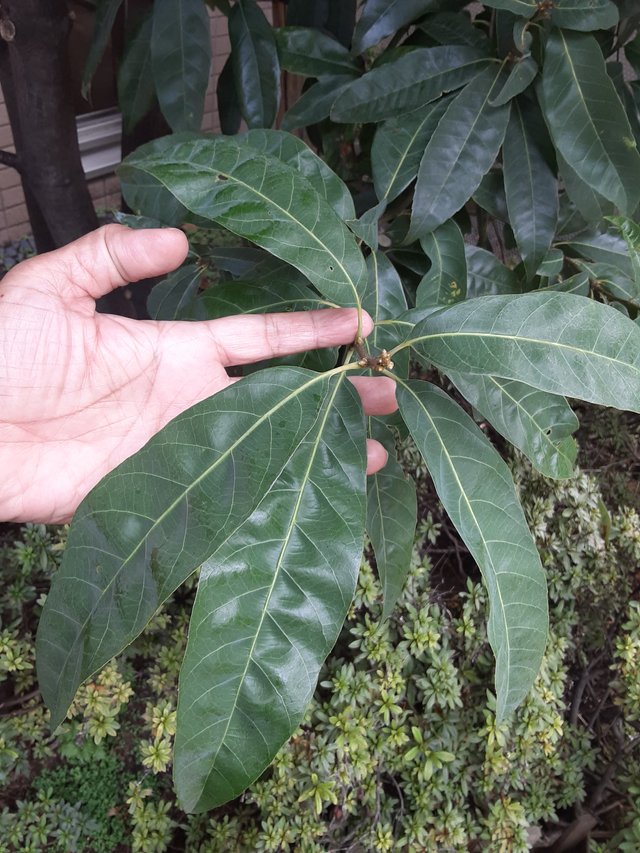Quercus imbricaria, a deciduous tree native to eastern North America that grows up to 80 feet tall and has glossy green leaves that turn yellow, brown, or red in the fall
Quercus imbricaria commonly known as shingle oak and laurel oak is a deciduous tree native to eastern North America. It reaches a height of 40 to 80 feet (12 to 24 meters) and a canopy spread of 30 to 50 feet (9 to 15 meters). The bark on older trees is a light gray or brown and is deeply furrowed, while the bark on younger trees is smooth and light brown or gray.
The leaves are simple, elliptical, and entire, with a glossy green upper surface and a pale green to yellowish-green lower surface. They are 3 to 6 inches (7.5 to 15 cm) long and 1 to 2 inches (2.5 to 5 cm) wide. The leaves turn yellow, brown, or red in the fall.
The flowers are male and female, catkins, and are produced on separate trees. The male flowers are yellow-green and are about 2 inches (5 cm) long. The female flowers are green and are about 1 inch (2.5 cm) long. The fruit is an acorn that is about 1 inch (2.5 cm) long and is enclosed in a cupule. The acorns ripen in the fall and are eaten by a variety of animals, including squirrels, raccoons, and deer.
Quercus imbricaria is a valuable tree for wildlife. It provides food and shelter for a variety of animals. It is also a good source of nectar for pollinators. The wood of Quercus imbricaria is used for a variety of purposes, including furniture, flooring, and construction.
Ref.:



Upvoted! Thank you for supporting witness @jswit.